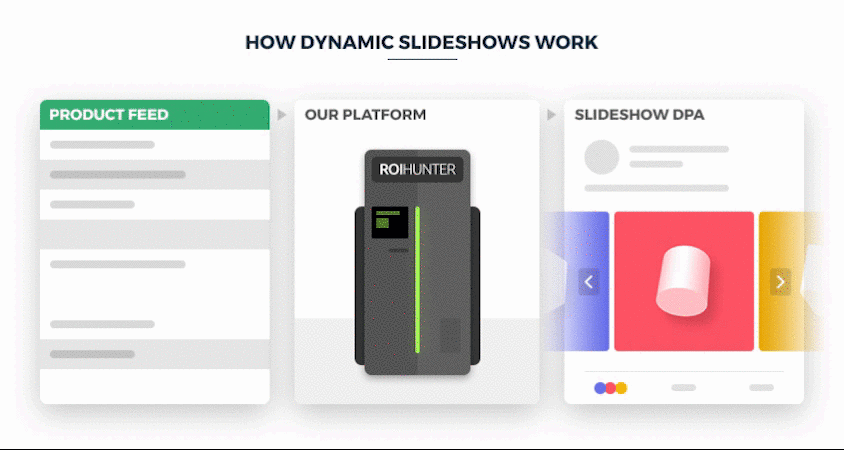
Some may wonder what the differences are between various social media. Most people are familiar with radio and television. Television can quickly update information. However, television has its limitations. Television can be a slow medium for interaction, so many prefer to interact online. It is now easier to order takeout and book tickets online than ever before. Online ordering is possible for almost any item without the need to use the television or radio.
Video surpasses all other forms social media
Video outperforms all forms of content, text-based or otherwise, on social media. Social media users watch more videos than they read articles and view photo albums. Because people log into their accounts throughout the day, it's not surprising that video content is more popular then written content. Videos can have a powerful influence on viewers, and they can be shared in many different ways. What makes video so appealing?
You can post content to blogs networks
Several different forms of social media allow you to publish content. Blogs are an excellent way to promote your business. Blogs allow you to interact with your customers and build relationships. A blog network is also useful for conducting market research, especially when your business focuses only on one topic. You can also share your content via a variety media, including videos.

Reddit
Reddit may seem confusing if you're new to social media. Reddit is an internet community that offers social news, discussion forums, message boards, and more. Reddit allows users to submit content and have them vote it up/down, which helps ensure the most relevant content rises at the top. It attracts more than 52 millions users monthly and is the largest forum in the United States. Reddit is often questioned as social media. We'll explain why it is so special.
Quora
Quora is a way to increase your professional network. What is Quora? Although this question-and answer site allows you to connect with others, it is not a social network. Although you can interact with others on this site and build your network through it, you cannot communicate directly with them except through the questions they ask and the answers.
Instagram
Instagram is a popular social network app that allows users post photos and videos. After 24 hours, the posts will be deleted. It is possible to add captions to your videos or photos. To keep your friends' from seeing your posts, you can also make your profile public. Unlike Facebook, Instagram does not require any personal information or require any signup. Download the app, and then follow the on-screen instructions to get started.

Snapchat
It is hard to deny that Snapchat is social media. Snapchat's main features include messaging, sharing stories, and accepting others' additions. Snapchat is not like other social media sites and only offers a handful of features. Snapchat encourages users to share personal information. Snapchat users spend about 25-30 minutes per day on Snapchat, sending and receiving between five and ten snaps every day.
FAQ
What are the advantages of content marketing?
High-quality content is key to content marketing, which helps you drive sales and leads. Content marketing provides an ongoing stream of original, fresh content that can be used for promotion of products and services. Additionally, content marketing can increase brand awareness and build trust with potential customers. Finally, content marketing creates a positive image for your company.
Why do I need a Content Marketing Strategy to succeed? Why not just post social media updates or send emails?
Two main reasons you may choose to ignore a Content Marketing Strategy.
-
Perhaps you think email marketing and social networking posts are enough for people to talk about your brand.
-
If you've never tried email marketing, or posted on social networks, it's easy to assume this type of content is not feasible.
Both of these assumptions are false.
Email marketing and social networking posts can be great tools for communicating with customers and prospects. However, they aren't enough by themselves.
Email campaigns alone will not help you reach your goals. You need to integrate it with a larger strategy. It won't be enough to just post on social media. They should be part and parcel of an overall strategy.
A Content Marketing Strategy is the key to this success. Creating a strategy that sets clear objectives for each piece of content allows you to manage your entire content creation process.
As a result, you'll be able to spend more time focusing on other essential aspects of running your business, like growing your audience and increasing conversion rates.
While there are many advantages to having a Content Marketing Strategy in place, it does not make it easy.
But, having a strategy in place makes all the difference.
Why is content marketing important?
Content Marketing is not just about creating good quality content for the sake of it. Instead, content marketing involves engaging people on an emotional level and helping them solve their problems. This requires a deep understanding of how people act online.
This is precisely what Content Marketing Strategy does. A great Content Marketing Strategy helps you understand the psychology of customers so that you can best engage with them.
You can also improve your conversion rates to increase profits.
However, why would you choose to invest in Content Marketing Strategy when there are many other options available?
Content Marketing Strategy has a higher ROI than any other marketing method.
A well-executed content marketing strategy is the best way for you to sell products or build brand awareness.
Is content marketing successful?
Yes! Hubspot claims that content marketing is one of the three most important digital marketing channels for lead generation.
Statistics
- According to our research, brand awareness, attracting traffic, and generating leads remain the key content marketing goals in 2022. (semrush.com)
- In fact, would pay more for a better customer experience, and 86% of B2B buyers would pay more. (neilpatel.com)
- We found that 40% of businesses don't have a documented strategy yet. (semrush.com)
- This marketing strategy landed Ford a 15.4% conversion rate. (neilpatel.com)
- To further show the importance of this, 89% of people have stopped doing business with a company because of a poor experience. (neilpatel.com)
- Companies that use content marketing see approximately 30% higher growth rates than businesses not using it. (mailchimp.com)
- Progress indicators (0–100%) allow each team member to see how attainable each goal is and understand what remains to be accomplished. (semrush.com)
- Measure your goals with a progress indicator of 0-100%. Make your goals collaborative and transparent (semrush.com)
External Links
How To
Informationgraphic creation tips to help with content marketing
Infographics are one of the most effective ways to explain complex concepts simply, making information easy to understand. Use infographics as a tool to promote your content marketing message.
For creating an infographic you'll need software such as Adobe Illustrator and Photoshop. These programs allow you to create infographics by drawing different shapes and elements. You can then use colors and fonts for your data. Once your design is ready, you can start uploading images from sites like Pixabay and Unsplash to insert into your design.
Online infographics can be a great source of inspiration. For example, if you want to show how many calories are in certain foods, you could take a picture of a food pyramid and replace the numbers with pictures of those foods. Another option is to take a picture of a can of Coke and look at how much sugar it contains.
After you have created your infographic, it can be shared through social media channels such as Facebook and Twitter. This allows people who don’t know much about the topic to find out more. If you decide to post your infographic on social media platforms, include hashtags so others can see what you're talking about. Hashtags enable users to follow along in conversations related to specific topics.
Make your infographics shorter than normal if you are creating them. An average blog post can range from 2000 to 5000 word, while an informationgraphic needs only 500 to 1000 words. This allows you to convey more information in a smaller space.
Keep in mind that viewers may have difficulty reading small fonts when creating your infographic. Use large fonts, but don't overuse color in your infographics. Also, make sure that all your text is legible.
Here are some other tips.
-
Choose an Infographic Template. You can find many templates online or in printed formats. Canva, Piktochart or Google Slides are three of the most well-known templates.
-
Your Infographic is ready. Use the template below to create your infographic. You can use whatever media is most appropriate for your audience. In this example, photos of Seattle restaurants might be used to create an infographic about Seattle's best restaurants.
-
Add Text. Add text after you've created your infographic.
-
Add images. Images can be added to your infographic. These can be pictures, charts, graphs, or icons. You should make sure that the picture you upload is related to your topic.
-
Make It Interactive. You can also add interactive elements such buttons, maps, links, and other features. This will allow you to engage your audience.
-
Share. Share the infographic once you're done.
-
Measure. Measure. Are people clicking through to your website or not? Did they sign-up for your email address? Was their reaction to the infographic?
-
Improve. Is there anything you can do to improve your infographic Could you do better next time?
-
Repeat. Do it again.